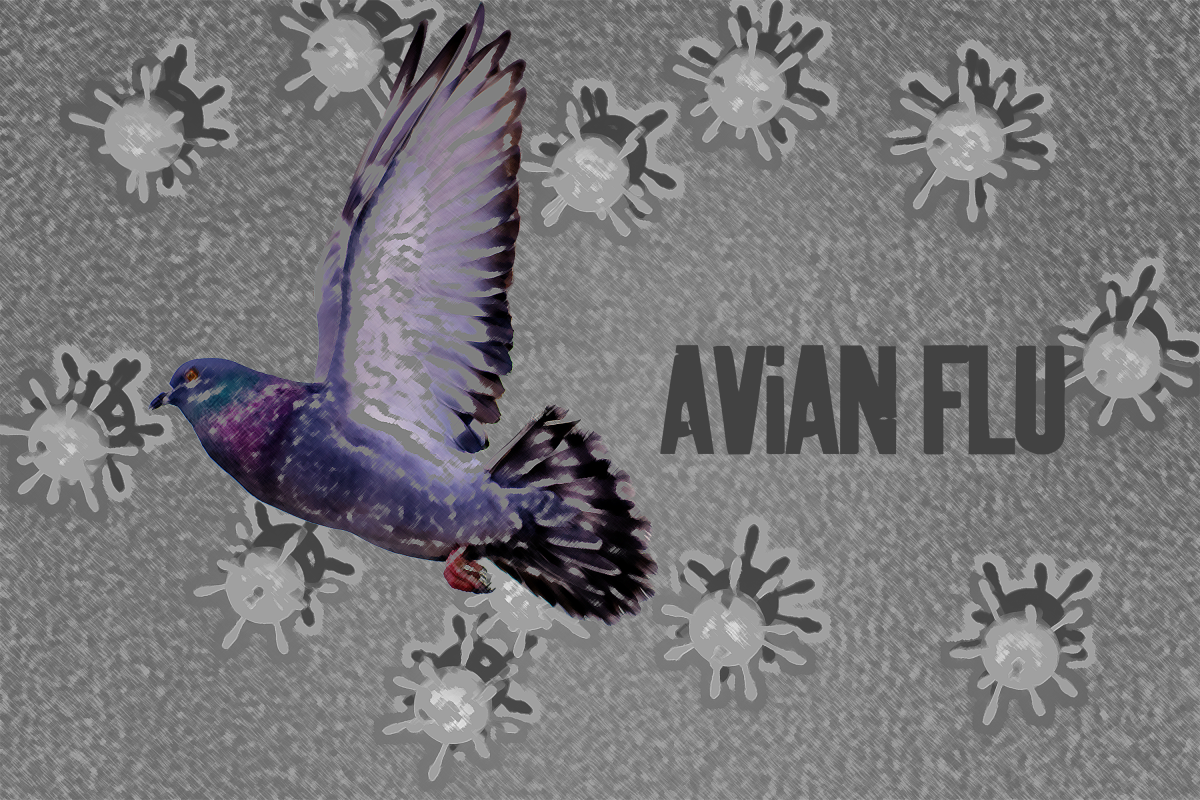Friday morning evoked emotions of a bygone era at Cape Canaveral Air Force Station in Florida, as NASA launched a spacecraft capable of containing human life out of low earth orbit for the first time in more than 40 years.
The Orion spacecraft, built by Lockheed Martin, launched at 7:05 a.m atop the Delta IV Heavy rocket and flew for a total of 4 and ½ hours before splashing down in the Pacific Ocean southwest of San Diego. During the flight Orion reached a distance of 3,604 miles above Earth, a distance roughly 15 times higher than the International Space Station, and had Mission Control’s Rob Navias saying “there’s your new spacecraft, America” as the capsule came in for it’s watery landing.
Gregory Chamitoff, former NASA Astronaut and director of the A&M AeroSpace, Technology, Research & Operations (ASTRO) Center, said the test flight was very significant for Orion and served to validate many of the crucial systems on what is to be the centerpiece of U.S. future space exploration.
“As our program is today, this is the centerpiece of our future access to missions to the Moon, Mars, asteroids, or anywhere else we are likely to go for the next 20 plus years,” Chamitoff said “[Friday’s test] did not test the rocket we will actually use, but it was an important test of the flight systems, especially the re-entry capability.”
Chamitoff said although a lot of this type of testing has been done before in previous U.S. space programs such as Apollo, the Orion spacecraft is bigger and more capable than anything previously tested.
“Of course, we’ve done most of this before, long ago. So on the surface it doesn’t seem as significant as it is.” Chamitoff said. “But Orion is bigger and more capable than any previous ‘Space Capsule’. It will carry a larger crew and can support them for a much longer time.”
Chamitoff said it is important to realize that the space capsule is only one piece of the vast array of equipment needed for space exploration.
He said that when it comes to the fully equipping a crew with what they will need to be successful in space exploration we should look to our international partners.
“We’ll need space and surface habitats, laboratories, airlocks, landers, surface return vehicles and whatever other facilities are required to carry out any particular mission of exploration,” Chamitoff said. ”For this we’ll need to, and should, turn to our international partners. The Space Station has been a shining example of international cooperation, and I hope that we will take that lesson forward to accomplish so much more than we can alone, by making future exploration truly a world project.”
The United State Navy retrieved the Orion capsule from the Pacific Ocean Monday, with help from NASA and Lockheed Martin, and loaded the space capsule aboard the USS Anchorage to begin its journey back to Cape Canaveral in Florida. It was thought that the next scheduled test flight might take place in late December of 2017, but Orion Program Manager Mark Geyer said in a briefing that this would almost certainly be pushed back into 2018. The next test flight will also be unmanned.
NASA’s next-gen manned spaceflight passes first test
December 8, 2014
0
Donate to The Battalion
$1535
$5000
Contributed
Our Goal
Your donation will support the student journalists of Texas A&M University - College Station. Your contribution will allow us to purchase equipment and cover our annual website hosting costs, in addition to paying freelance staffers for their work, travel costs for coverage and more!
More to Discover









